Key Points
- Due to COVID-19, you can delay payments on your mortgage, rent, utilities, and student loans.
- The protections delay the due date but do not forgive the amount owed.
- If you choose to use a forbearance for temporary financial relief, have a plan for resuming payments and catching up the account.

Covid-19 produced an unprecedented response from the government. To stop the spread of the deadly flu, state and local governments shut down businesses for months at a time, putting millions of people out of work. Widespread unemployment and reduced income have created a financial crisis of unparalleled levels.
To combat the financial crisis created by the shutdowns, government officials have passed a series of pandemic relief measures designed to provide financial assistance to those in need. Among the provisions are forbearance options that allow you to skip payments on your housing, utilities, and student loans.
What is a Forbearance?
Forbearance lets you pause or stop payments for a limited time due to a temporary financial hardship. The relief is not loan forgiveness. At the end of the forbearance, you must catch up the account and resume payments.
Forbearance Offered Due to COVID-19
The first relief came through the CARES Act, signed into law in March 2020. Since then, additional measures at the federal, state, and local levels offer a range of assistance for those who face financial hardship due to the pandemic.
Mortgages: The CARES Act requires lenders with federally owned or federally backed mortgages to offer forbearances for up to 12 months without documentation of the hardship. Many other mortgage servicers mirrored the relief, even though it was not mandated.
In January 2021, with 10 million homeowners behind on their mortgage or in forbearance programs, HUD, the Department of Veteran Affairs, and the Department of Agriculture expanded COVID-19 relief measures. The new guidance extended the moratorium on foreclosures and allowed forbearances for up to 18 months through June 30, 2021. Any borrower who was in forbearance before June 30, 2020, can skip up to six additional payments beyond the current 360 days offered through the CARES Act.
Federally backed or owned mortgages account for 70% of existing single-family residences. Lenders will report forbearances as current on your credit file.
At the end of the Forbearance: You have several options to address the delinquency when the forbearance ends. You can catch up the payment, add delinquent amounts to the monthly payment over the next 12 months, or move the outstanding balances to the end of the loan. If those options don’t fit your budget, you might qualify for a loan modification to permanently adjust the loan terms for more affordable payments.
Student Loans: Initially, the CARES Act created an automatic forbearance for all federal student loans owned by the Department of Education (ED) through September 30, 2020. Along with the forbearance, the interest rate on federally-held student loans went to zero. Since passing the CARES Act, the benefit has been extended until September 30, 2021. The Department of Education also stopped collection efforts on defaulted loans.
The automatic forbearance does not apply to private or non-ED-owned student loans.
Income-based repayment and forgiveness programs require you to make a set number of payments before you qualify for forgiveness. If you enrolled in one of these plans, you would receive credit for each missed payment during the forbearance.
The latest relief package, passed in March 2021, eliminated the tax on forgiven student loan debt through 2025.
At the end of the forbearance, the loan servicer will recalculate payments using the current balance and the remaining loan term for those in a standard repayment program. Income-driven plans will require payments based on the amount due before the payment suspension.
Help with Utilities and Rent
While not a forbearance, many states halted utility cut-offs and placed a moratorium on certain evictions. The result is growing account balances for millions of consumers. When the moratorium’s end, you must catch-up accounts to avoid an eviction or utility service disruption.
Most utility companies allow you to catch up delinquent balances over 12 months. Landlords may not be as generous. State or local agencies may have funds to help you pay the balances owed.
